The Cham writing first appeared on the Dong Yen Chau stele (Tra Kieu - Quang Nam) in the 4th century. The Cham people wrote on many different materials such as carving on stone, wood, metal, writing on paper, animal skin, bamboo and fabric. Among them, there was carving on palm leaves. To this day, Cham dignitaries still use it in administrative communication, recording land records, customary laws, literature and scriptures.
Palm leaf book heritage
Palm leaf books, called Agal bac in Cham, are preserved in Baganrac and handed over to the abbot of the temple to manage. When the abbot passes away, the palm leaf books and Baganrac are handed over to the next abbot to continue managing. The division of labor and tasks has been recognized by the community and customary law for generations, and that tradition is still respected and strictly implemented. Currently, the Cham people's technique of writing on palm leaves has been lost, and the number of palm leaf books remaining is very small, facing the risk of being lost. Therefore, researching and finding solutions to preserve palm leaf books of the Cham people in particular and in Vietnam in general is a scientific and necessary task.
Letters engraved on palm leaves.
The main material to make Agal bac sets is the bhum leaf, called hala Lipuel in Cham. Bhum leaves to make sutras, choose leaves that are not too old, not too young, cut them, bring them home to dry in the sun, and store them in the shade. Cut each leaf according to the estimated size, remove the veins, choose leaves that are even in size and balanced with each other. The leaves are pressed, splinted with two wooden bars and tied tightly with string to make the bhum leaf straight, smooth and flat. The people who make sutras often prepare bhum leaves in advance, when they need to write, they take them out to use. The bhum leaves are punched with holes at both ends and a hole in the middle to thread a string to help connect each leaf tightly in a book. Each bhum leaf does not have a page number, so the thread has the function of holding the bhum leaves in a fixed arrangement. Each time the sutra is opened, read from the first page to the last page. After that, it is folded back to its original size and the bhum leaf set is tied together with a string like a book.
The main content written in the Cham Agal bac focuses mainly on the topics of beliefs and religions, instructions on how to perform rituals and advice for dignitaries. Carving letters on palm leaves requires a certain skill, concentration, meticulousness and dexterity. If you are too strong, you will tear or puncture the leaves, and if you are too light, the letters will not appear clearly. Carving quickly is not good either, the engraver must hold the knife tip steadily, balancing each letter, tone and line. Before carving letters, Cham dignitaries bathe, pray to the gods for permission to carve letters to make a sutra to serve their religious and belief needs. According to the prepared content, the engraver sits at the table, uses a flat piece of wood to place under the palm leaves, holds a small knife in his hand, and carves the tip of the knife into the palm leaves. The process of carving letters, completes a leaf like a page of paper and then stops. Just like that, until the content of a sutra is carved. When ending a content, moving to a new content, the engraver often carves a spiral to mark, ending a sentence with two vertical lines to end an idea or go to a new line.
Conservation solutions
To preserve and promote the palm leaf book heritage of the Cham people in particular and in Vietnam in general, it is necessary to first conduct a survey, investigation and statistics on the number of palm leaf books currently in circulation. From there, there is a basis for digitization, helping to store and preserve the palm leaf book heritage for future generations. On the other hand, digitization is a method to save palm leaf books that are torn, damaged, termite-eaten, damaged by insects and the impact of the environment over time.
Passing on the technique of making palm leaf scriptures to dignitaries.
On the other hand, it is necessary to open classes to teach palm leaf writing techniques to dignitaries, participants in rituals, museum experts, and Cham culture researchers so that they can pass them on to the people. Scientists, managers, and religious dignitaries need to cooperate in reading, translating, and publishing content recorded on palm leaves. Firstly, to serve as documents for ritual dignitaries. Secondly, to promote the historical and cultural value of palm leaf books that were crafted hundreds of years ago. Thirdly, to raise public awareness in preserving the linguistic and written heritage of the Cham people. The solution of publishing palm leaf scriptures solves the shortage of ritual scriptures among religious dignitaries. On the other hand, it preserves the knowledge and memories of humanity from hundreds of years ago for today's and future generations.
Palm-leaf scriptures are not only rare documents but also considered sacred assets of the Cham community.
Minh Truyen


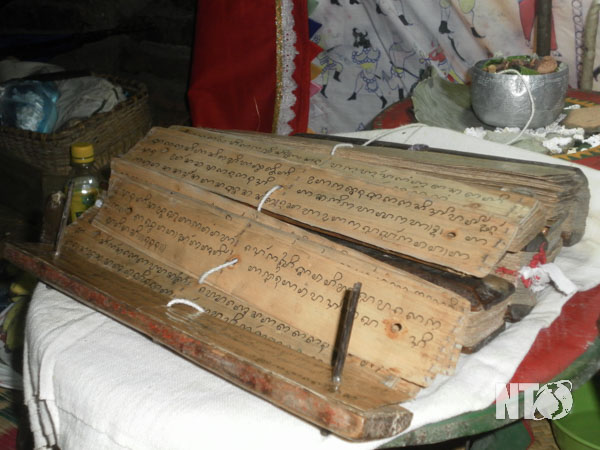
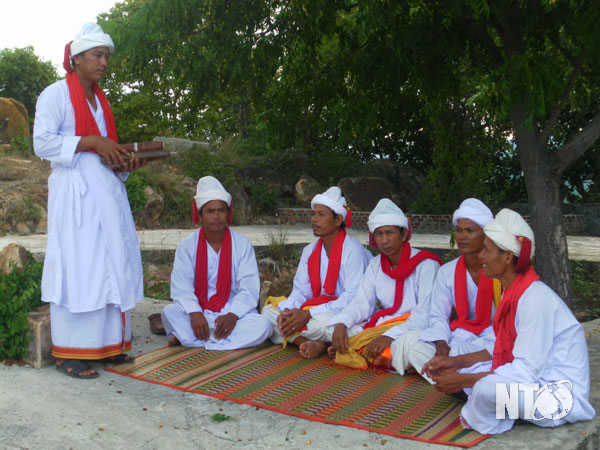














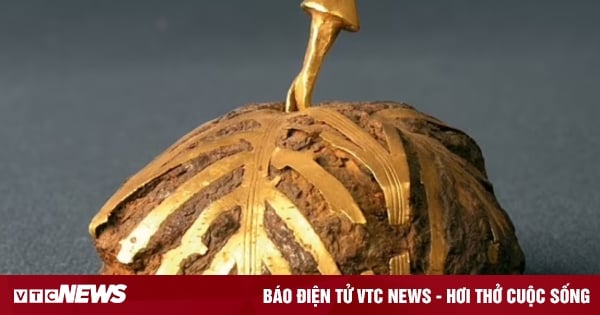







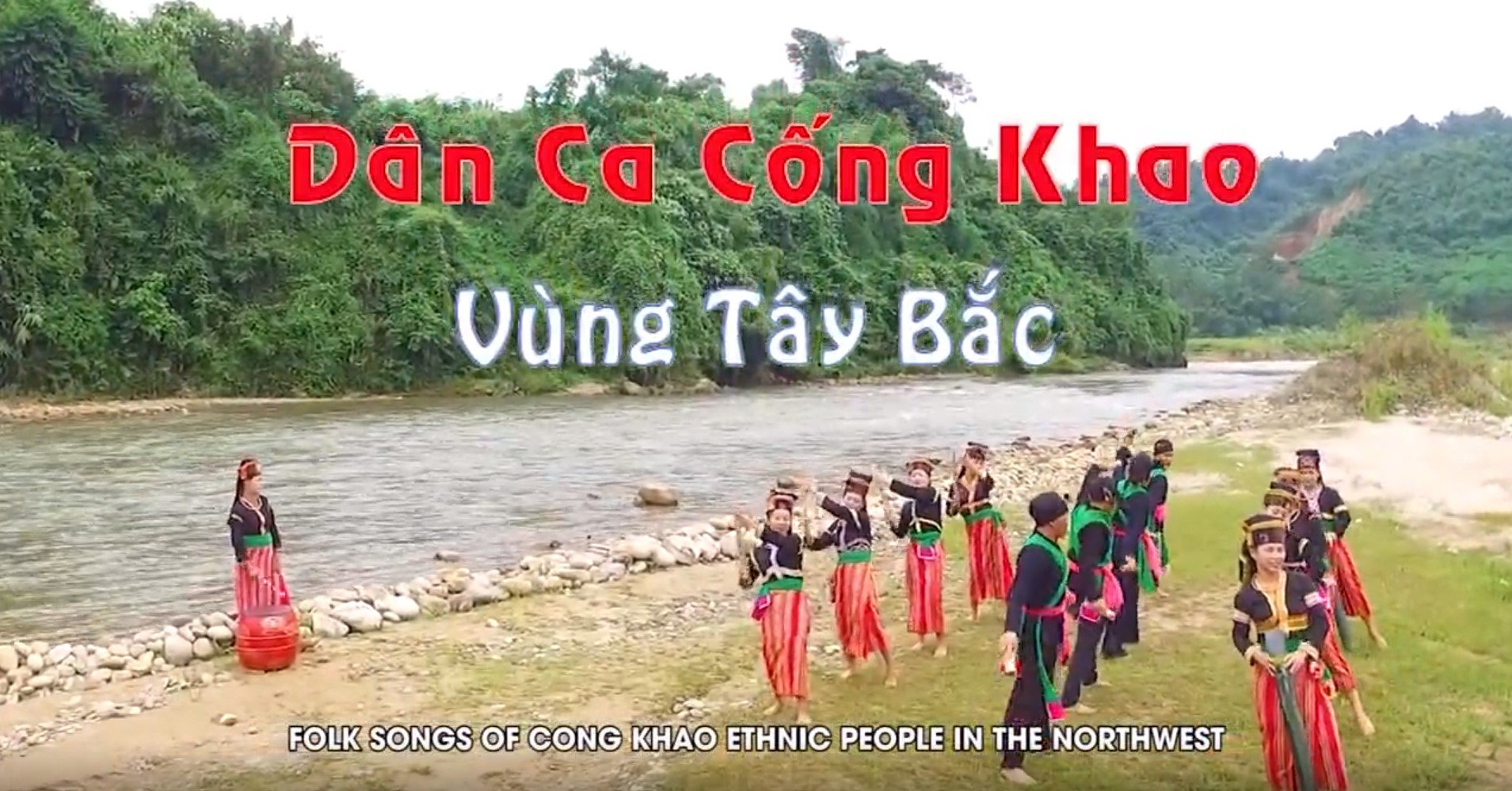
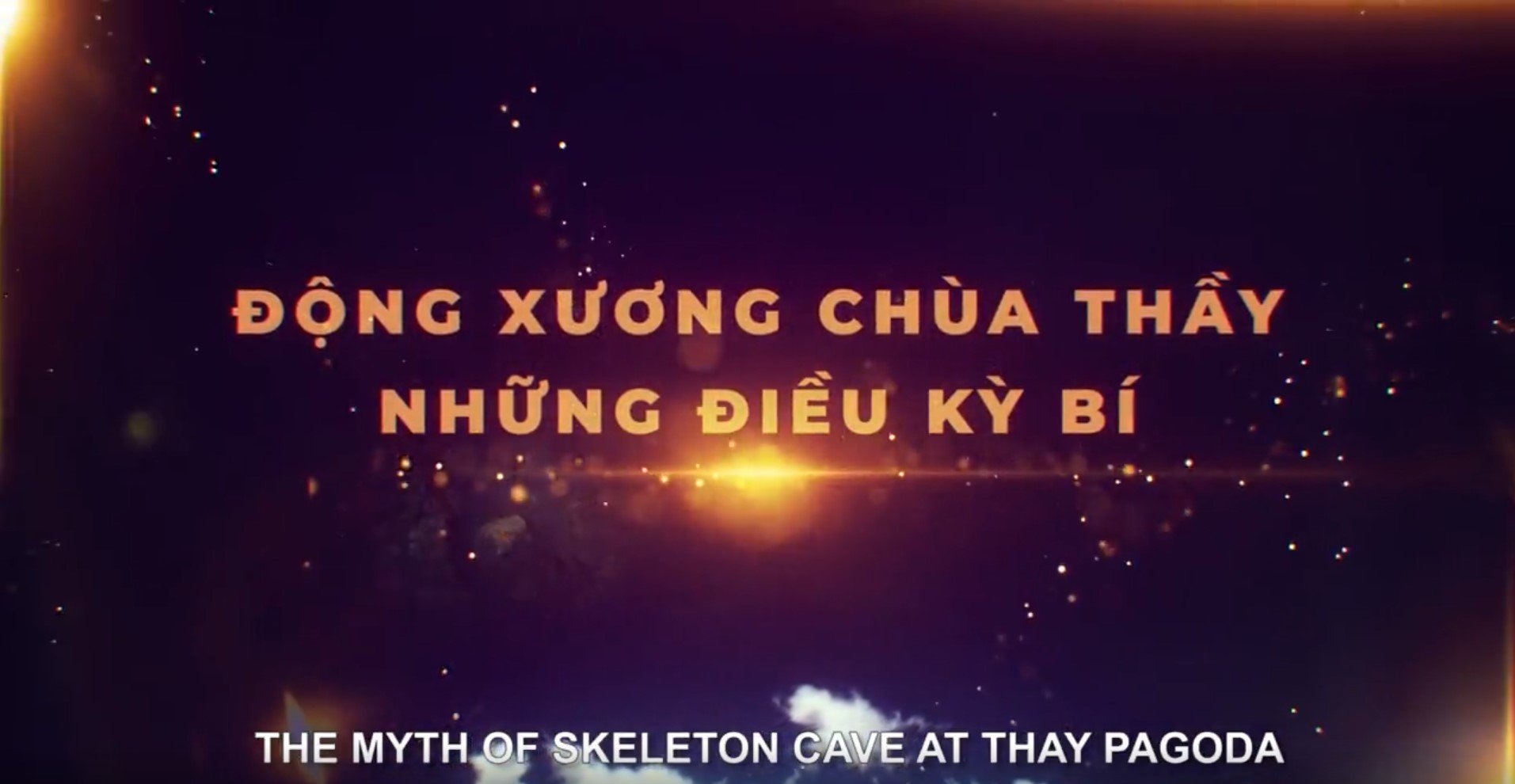











Comment (0)